By Al Hemingway
Never let it be said that James Knox Polk was not a determined man. Although he suffered from ill health most of his life, this did not deter Polk from working tirelessly to rise to the top in politics as a Democrat, with fellow-Tennessean Andrew Jackson as his mentor. Once installed as president in 1845, he would dramatically reshape the course of American his- tory by sheer force of will—and the injection of thousands of American troops into Mexico. The result would be the largest territorial gains for the nation since the Louisiana Purchase four decades earlier, along with a still-smoldering dispute with our neighbors to the south.
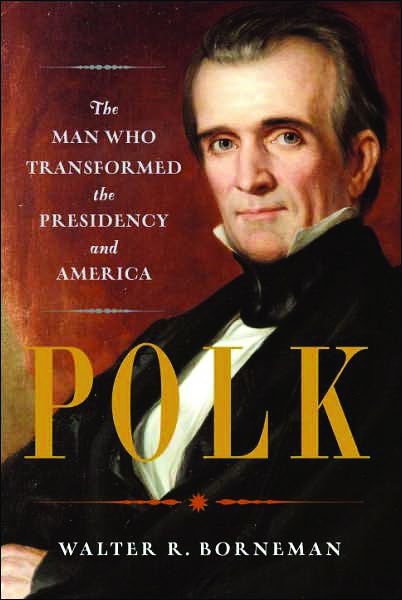 Born in North Carolina in 1795, Polk relocated with his family to Nashville, Tennessee, when he was 11 years old. His father, a successful planter, wanted his five sons to have a college education, and James, the eldest of 10 children, graduated from the University of North Carolina in 1818. (His youngest brother, Samuel, was expelled from Yale for his part in a student riot and died of tuberculosis at the age of 22.)
Born in North Carolina in 1795, Polk relocated with his family to Nashville, Tennessee, when he was 11 years old. His father, a successful planter, wanted his five sons to have a college education, and James, the eldest of 10 children, graduated from the University of North Carolina in 1818. (His youngest brother, Samuel, was expelled from Yale for his part in a student riot and died of tuberculosis at the age of 22.)
In his new book Polk: The Man Who Transformed the Presidency and America (Random House, New York, 2008, 422 pp., photographs, maps, index, notes, $26.95, hardcover), historian Walter Borneman examines the life and political career of our country’s eleventh president. Although Polk often is referred to as a “dark horse” candidate, Borneman contends that such was not the case. When he campaigned for the presidency, Polk had been a Washington insider for quite some time. The Tennessean had been a member of Congress for 14 years, including four as Speaker of the House, and then had served as governor of Tennessee for two years. Polk was no stranger to politics.
When he won the presidential election of 1844 by a mere 38,000 votes over Kentucky Senator Henry Clay, Polk promised that he would serve for only one term. In those four years, however, he would do more than many presidents do in two terms. He established an independent treasury, decreased the tariffs, and oversaw the opening of the Smithsonian Institution, the erection of the Washington Monument, and the opening of the U.S. Naval Academy. It was also during his tenure that the first postage stamps were issued.
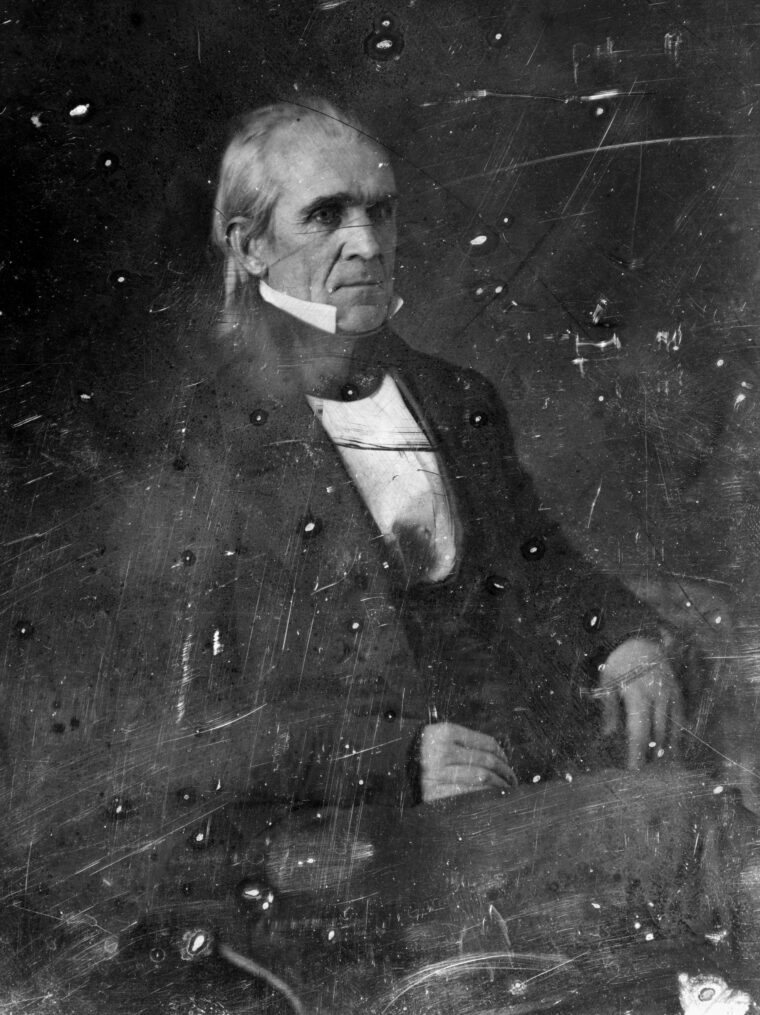 Despite these accomplishments, Polk’s greatest legacy to America was its incredible growth during his term in office. First, he settled a long-simmering dispute with Great Britain over the boundary line of Oregon Territory without going to war. Such was not the case with Mexico. After the admission of Texas as a state in the Union in 1845, Mexican President Antonio Lopez de Santa Anna marched northward at the head of a huge army to reclaim Texas for his country. Polk felt—rightly or wrongly—that he had no choice but to enter into hostilities with Mexico. The conflict soon became known as “Mr. Polk’s War.” In spite of the war’s increasing unpopularity, as demonstrated by the opposition of a young Whig congressman from Illinois named Abraham Lincoln, Polk persevered.
Despite these accomplishments, Polk’s greatest legacy to America was its incredible growth during his term in office. First, he settled a long-simmering dispute with Great Britain over the boundary line of Oregon Territory without going to war. Such was not the case with Mexico. After the admission of Texas as a state in the Union in 1845, Mexican President Antonio Lopez de Santa Anna marched northward at the head of a huge army to reclaim Texas for his country. Polk felt—rightly or wrongly—that he had no choice but to enter into hostilities with Mexico. The conflict soon became known as “Mr. Polk’s War.” In spite of the war’s increasing unpopularity, as demonstrated by the opposition of a young Whig congressman from Illinois named Abraham Lincoln, Polk persevered.
In the face of political adversity (Polk had disputes with politically ambitious Whig general Zachary Taylor and timid Secretary of State James Buchanan), he eventually signed a peace treaty with Mexico that increased the size of the United States by 500,000 square miles—or 38 percent. By using both political and military force, the frail politician from Tennessee had accomplished his major goal. After his term was finished, true to his word, he vacated the office of president. Three months later, he would be dead from cholera.
One important aspect of Polk’s administration was the shift in power between the two political branches of the government to increase the president’s ability to initiate a war. “The transformation from the congressional power to declare war versus the executive power to wage war really starts with Polk,” said Borneman. “There were many congressmen and senators opposed to Polk’s expansionist policies, but once Polk blew the charge, so to speak, they found themselves unwilling to vote against appropriations for men and supplies and open themselves up to charges of being unpatriotic.”
Since that time, presidents have exercised their power to coerce Congress into declaring war. From the Spanish-American War to Vietnam and the present conflicts in Iraq and Afghanistan, presidents have taken the lead in conducting—one might even say starting—wars. “When Polk’s war message finally reached Congress,” wrote Borneman, “it asked for congressional concurrence that a state of war already existed rather than a deliberation about whether or not one should be declared.” As Borneman’s biography amply demonstrates, Polk’s legacy continues to affect the government to this day.
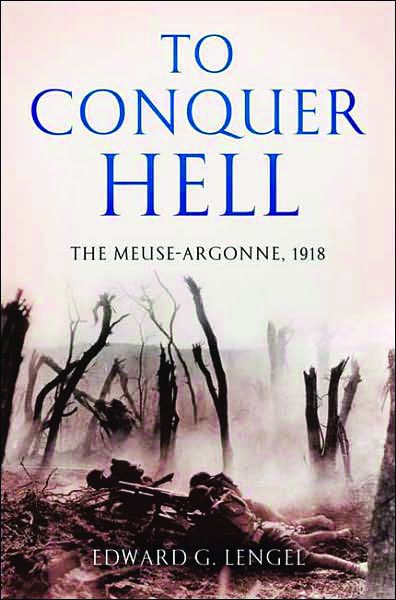 To Conquer Hell: The Meuse-Argonne, 1918 by Edward G. Lengel, Henry Holt, New York, 2008, 491 pp., photos, maps, index, notes, $32.50, hardcover.
To Conquer Hell: The Meuse-Argonne, 1918 by Edward G. Lengel, Henry Holt, New York, 2008, 491 pp., photos, maps, index, notes, $32.50, hardcover.
On September 26, 1918, 2,700 Allied howitzers began an ear-shattering cannonade to signal the largest, and final, operation of World War I. Known as the Argonne Forest campaign, over one million American Doughboys squared off against 40 German divisions in the final push to end the death-choked conflict.
Prior to the attack, most American troops were situated near the town of St. Mihiel salient and had to be moved to the new sector. In a mere two weeks, then-Colonel George C. Marshall would gain recognition as the man who was in charge of this massive movement of men and materiel. Allied troops jumped off just north and northwest of the town of Verdun. The ground they traveled over was hilly and wooded and the enemy had four years to construct numerous fortifications to impede the progress of the assaulting forces. Despite horrendous casualties, the Allies drove deep into German territory. The huge offensive was the impetus that finally ended “the war to end all wars” on November 11, 1918.
It was during this campaign that Tennessee Sergeant Alvin York was awarded a Medal of Honor for capturing 132 German prisoners single-handedly. Future World War II generals George S. Patton and Douglas MacArthur led troops into battle and learned valuable lessons that they would apply in the next war.
More than 26,000 American were killed and another 96,000 wounded during the six-week offensive. “Of all the soldiers in American history, the Doughboy is the first to have experienced modern industrialized warfare,” writes author Lengel. “He did so without preparation of any kind—military or psychological—and suffered terribly as a result. Yet no other soldier in American history or perhaps the history of the world learned how to fight in such a short period of time.”
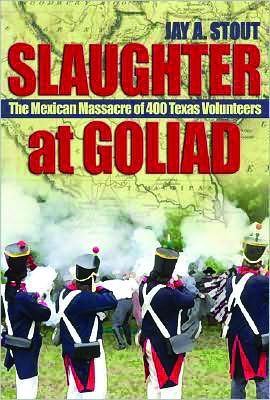 Slaughter at Goliad: The Mexican Massacre of 400 Texas Volunteers by Jay A. Stout, Naval Institute Press, Annapolis, MD, 2008, 242 pp., photos, maps, index, notes, $29.95, hardcover.
Slaughter at Goliad: The Mexican Massacre of 400 Texas Volunteers by Jay A. Stout, Naval Institute Press, Annapolis, MD, 2008, 242 pp., photos, maps, index, notes, $29.95, hardcover.
Early in the morning of Palm Sunday, March 27, 1836, Mexican soldiers marched 342 “Texian” volunteers from Fort Defiance in Goliad to the outskirts of town. The prisoners had been captured at the Battle of Coleto Creek a week earlier when the group had attempted to vacate Goliad. Their leader, James Walker Fannin, had been ordered by Texas General Sam Houston to abandon the fort and move his force to the Guadalupe River near the town of Victoria.
Fannin’s men were pursued by General Jose de Urrea, who already had defeated Texan forces at San Patricio, Agua Dulce, and Refugio. Urrea’s troops caught Fannin’s command in a vulnerable position near Coleto Creek. After several hours of fighting, and seeing Urrea reinforced with additional infantry and artillery, Fannin opted to surrender. A little more than a week later most of his men, including himself, would be gunned down, bayoneted, and clubbed to death in one of the worst massacres ever perpetrated upon American fighting men.
Jay Stout, a retired U.S. Marine Corps fighter pilot, has done a masterful job of retelling the events that led up to the massacre and its aftermath. One interesting question he poses is why the slaughter has been largely forgotten. One reason, he asserts, is that most Texans—then and now—simply could not fathom that the Mexican soldier was the equal or superior of the Anglo fighting man. As Goliad historian Harbert Davenport said in a 1938 speech commemorating the graves of the slain, Texans believed that “the men of Goliad had let them down” and that “even Texan valor was not proof against hunger, thirst, and tactical errors, and that Mexicans could be brave.” No braver, one might add, than the Texans who went to their unarmed deaths at Goliad.
 The Wars Against Napoleon: Debunking the Myth of the Napoleonic Wars by General Michel Franceschi and Ben Weider, Savas Beatie, New York, 2008, 227 pp., photos, maps, index, notes, $32.95, hardcover.
The Wars Against Napoleon: Debunking the Myth of the Napoleonic Wars by General Michel Franceschi and Ben Weider, Savas Beatie, New York, 2008, 227 pp., photos, maps, index, notes, $32.95, hardcover.
Was Napoleon Bonaparte a warmonger? Did the French ruler voluntarily start the wars that would devastate Europe and rob the French people of their freedoms and civil liberties? Two distinguished historians answer these questions in the negative and defend their findings in their latest offering, The Wars Against Napoleon. The authors argue that Napoleon was not a “megalomaniac conqueror” who “bled France white to achieve his ends.” Instead, they view him as a righteous man who was the successor to the French Revolution of 1789 which sent the country into turmoil.
The “Little Corporal” advocated the Declarations of the Rights of Man and Citizen and personal freedoms for the citizens of France, the authors declare, and because of his ideals he would “become public enemy number one for monarchial Europe.” In their view, Napoleon was a democrat, defending the blissful dawn of freedom that the poet William Wordsworth had witnessed arriving in France.
This book is bound to elicit fervent debate among Napoleonic scholars and historians. The authors are challenging the image of Napoleon as an “unrepentant swashbuckler” bent on world domination. Instead, they offer a more compassionate portrait of an individual who was an “incomparable genius” at war while contesting inherited European royalty. In the end, he would pay for his transgressions with exile and death. Whether or not it was a fitting punishment, it is undeniable that millions of soldiers and civilians died in the Napoleonic wars. For them, there would be no freedom—democratic or otherwise.
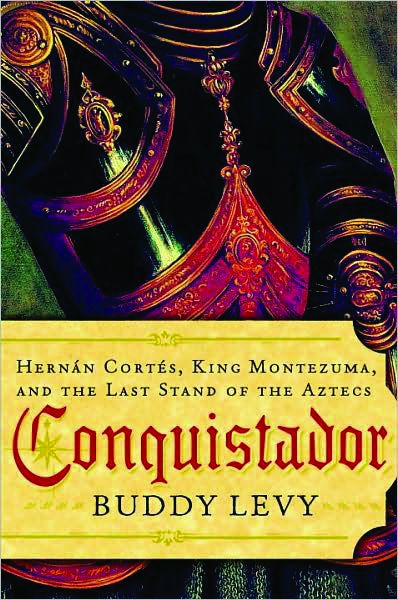 Conquistador: Hernan Cortes, King Montezuma, and the Last Stand of the Aztecs by Buddy Levy, Bantam Books, New York, 2008, 448 pp., photos, maps, index, notes, $27.50, hardcover.
Conquistador: Hernan Cortes, King Montezuma, and the Last Stand of the Aztecs by Buddy Levy, Bantam Books, New York, 2008, 448 pp., photos, maps, index, notes, $27.50, hardcover.
The word “conquistador” evokes images of pitiless, armor-clad warriors invading exotic foreign lands in the name of Spain. One such individual, Hernan Cortes, left his mark on history by laying siege to the city of Tenochtitlan and decimating the Aztec empire in 1521.
Urged on by visions of gold and immense wealth, Cortes went to the New World in 1519, landing in present-day Cuba. Despite orders not to sail farther, he left for Mexico and went ashore in April 1519 to claim all its riches for Spain. The ensuing months saw Cortes’s men move steadily into the interior of the country. Along the way, they battled numerous indigenous peoples and gained a fearsome reputation for barbarity after the massacre at Cholula.
In November, Cortes’s force entered the city of Tenochtitlan, present-day Mexico City, and met the Azetec ruler Montezuma. Moody and indecisive, Montezuma received Cortes in his court and presented him and his men with copious gifts. At some point, for reasons still unclear, Cortes took Montezuma hostage. The friendship between the two groups immediately disintegrated, and an all-out war erupted. When Montezuma was stoned to death by his own people, the Spaniards fled and eventually laid siege to Tenochtitlan. By mid-August 1521, after the Spaniards had destroyed the city’s water supply, the starving Aztecs surrendered.
Within a 21/2-year period, Cortes had laid waste to the great Aztec empire. Essentially, this is a tale of the collision of two vastly different civilizations, one trying desperately to preserve its way of life, the other determined to destroy what it could not bend to its will. History recounts who won that clash.
 The Berlin Airlift: The Salvation of a City by Jon Sutherland and Diane Canwell, Pelican Publishing Company, Gretna, LA, 2008, 215 pp., photos, index, $24.95, hardcover.
The Berlin Airlift: The Salvation of a City by Jon Sutherland and Diane Canwell, Pelican Publishing Company, Gretna, LA, 2008, 215 pp., photos, index, $24.95, hardcover.
“There is no question in my mind whatever that the German economy is the heart of Europe,” remarked then-U.S. Secretary of State George C. Marshall in 1947. At the time, it was a visionary—or at least optimistic—statement. By the end of World War II, the German economy lay in ruins along with its cities and manufacturing infrastructure. The Allies, principally the United States and Great Britain, realized that a strong German market meant a stable Europe. The Soviets, however, did not care one iota about Germany. The Nazis had brought death and destruction to their country, and now the victorious Russians were scavenging anything they could from the war-torn nation.
When the Allies merged economically in their zones of interest in Berlin to counter the Soviet takeover of Czechoslovakia, the Russians were angered. Both sides argued about the currency issue as well. The Russians wanted to print their own money, while the West wanted to introduce their own currency. After the Berlin City Council authorized the use of the new western money, the Russians took action.
On June 11, 1948, Allied rail service between Berlin and the West was suspended. Less than two weeks later, all communication with the outside world was severed as well. In essence, the Berliners were marooned on a city-size island, without access to food or medical supplies.
Immediately, the United States Air Force began airlifting in supplies to the besieged occupants. Dubbed Operation Vittles, the airlift incorporated a variety of American and British cargo aircraft that flew countless sorties to transport much-needed goods to the strangled city. When it was finally over, 328 days later, the Allies had delivered nearly 2,400,000 tons of provisions to the hungry people of Berlin.
The authors have written an engrossing account of the heroism and determination by countless individuals, most notably the pilots who flew the missions and made the Berlin Airlift perhaps the greatest humanitarian effort in world history.
 The Far Reaches of Empire: War in Nova Scotia, 1710-1760 by John Grenier, University of Oklahoma Press, Norman, OK, 2008, 270 pp., illustrations, maps, notes, index, $34.95, hardcover.
The Far Reaches of Empire: War in Nova Scotia, 1710-1760 by John Grenier, University of Oklahoma Press, Norman, OK, 2008, 270 pp., illustrations, maps, notes, index, $34.95, hardcover.
Historian and active-duty Air Force officer John Grenier has penned an absorbing account of the bloody 50-year struggle for Nova Scotia. Often overlooked because of its distant relationship with mainland Canada, this far-flung portion of the New World played an important role in the French and English clash to dominate the North American continent.
Acadian immigrants from west-central France first settled the region in the late 1600s. When the English finally wrested control of the peninsula from France, they ordered the predominately French population to swear an oath of allegiance to the English king. Those who refused were deported to other French colonies in North America. Some made their way to Louisiana and would eventually become known as Cajuns, a corruption of Acadians.
Many other players besides the two European nations were involved in the conquest of the Acadian Peninsula. Various Indian tribes such as the Abenakis, Maliseets, and Mi’kmaqs, along with French Roman Catholic priests, greatly influenced the course of Nova Scotian history. Each side utilized harsh means during the military campaigns to gain control of the country. Raiding villages and indiscriminately killing men, women, and children were trademarks of the brutal warfare that would continue in Nova Scotia and elsewhere in the New World during the French and Indian War of the mid-18th century.
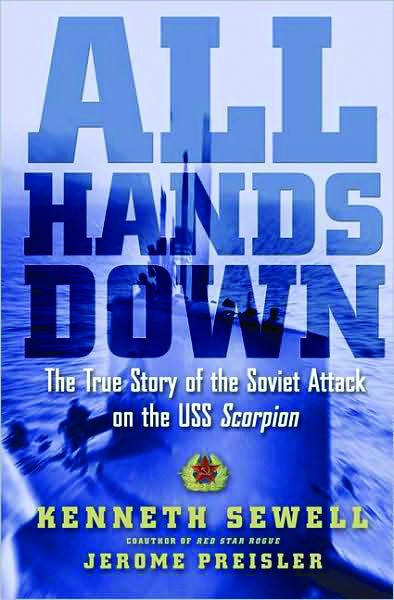 All Hands Down: The True Story of the Soviet Attack on the USS Scorpion by Kenneth Sewell and Jerome Preisler, Simon & Schuster, New York, 2008, 277 pp., photos, index, notes, $26.00, hardcover.
All Hands Down: The True Story of the Soviet Attack on the USS Scorpion by Kenneth Sewell and Jerome Preisler, Simon & Schuster, New York, 2008, 277 pp., photos, index, notes, $26.00, hardcover.
All Hands Down reads like a James Bond spy novel. One would expect to see Goldfinger or Dr. No appear at any moment. But such is not the case. That is what makes this book so intriguing—the characters and events depicted are all true.
The submarine USS Scorpion was lost at sea on May 22, 1968, with the loss of 99 lives. The authors, after exhaustive research, claim that she was torpedoed in retaliation for the earlier sinking of K-129, a Russian sub that sank off the coast of Hawaii under similar puzzling circumstances.
The Kremlin erroneously believed that K-129 was struck by American torpedoes. According to the author, the Communists immediately plotted revenge. They set a trap to lure an American submarine into the Atlantic to investigate the “strange behavior of several Soviet vessels.” The scheme worked. Taking the bait, senior American naval officials dispatched the Scorpion to the scene. She suddenly went down with all hands.
For more than 40 years, both governments have kept the incident top secret. The authors believe that President Lyndon Johnson, his hands full with the Vietnam War and social upheaval on the home front, did not want the truth to emerge. Indeed, both countries labored to keep the belligerent acts quiet rather than allowing them to become public and perhaps escalate into full-scale war. When questioned about the matter, Rear Admiral Pitr Navoystev, first deputy chief of operations for the Soviet Navy, replied: “You will learn that there are some things both sides have agreed not to address, and one is that event (Scorpion) and our K-129, for similar reasons.”
No one knows the real truth—probably not even the 99 seamen who went down with the Scorpion that May afternoon in 1968.
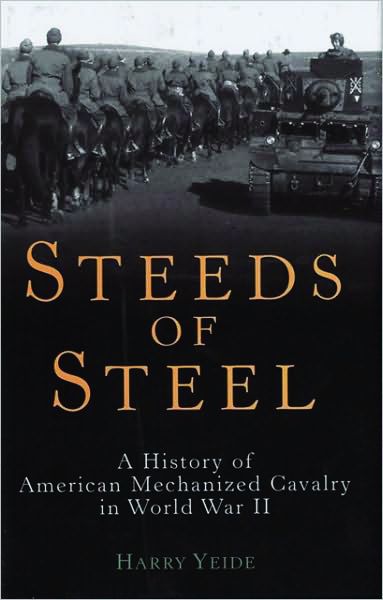 Steeds of Steel: A History of American Mechanized Cavalry in World War II by Harry Yeide, Zenith Press, Minneapolis, MN, 2008, 320 pp., photos, maps, index, notes, $27.95, hardcover.
Steeds of Steel: A History of American Mechanized Cavalry in World War II by Harry Yeide, Zenith Press, Minneapolis, MN, 2008, 320 pp., photos, maps, index, notes, $27.95, hardcover.
At the onset of World War II, the U.S. Army still had horse-mounted cavalry units within its ranks. Soon, however, these horse soldiers would be riding steel chargers instead of stallions into battle. By the end of the conflict, American armored units had compiled an impressive record on the battlefield. It did
not come easily. Initially, German armored vehicles were far superior to American tanks. Improvements, however, were steadily introduced as the war progressed, and these enhancements greatly benefited American crewmen.
From the arid African deserts to the beaches of Normandy and the jungles of Guadalcanal, American tanks and their crews fought bravely against a determined enemy. “One might think that the mechanized cavalryman of World War II had started a new mounted tradition that would last as long as the internal combustion engine drives war machines,” writes Yeide. “But only our descendants are likely to know whether the new cavalryman will keep his place for a similar age.”
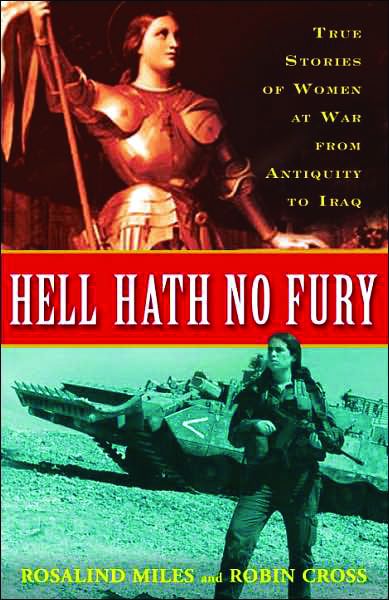 Hell Hath No Fury: True Stories of Women at War from Antiquity to Iraq by Rosalind Miles and Robin Cross, Three Rivers Press, New York, 2008, 395 pp., index, $14.95, softcover.
Hell Hath No Fury: True Stories of Women at War from Antiquity to Iraq by Rosalind Miles and Robin Cross, Three Rivers Press, New York, 2008, 395 pp., index, $14.95, softcover.
“They fought like devils, far better than the men,” said Georges Clemenceau, referring to the role of French women in the 1871 republican revolt in France. When the government soldiers stormed their barricades and overpowered them, these heroic women chose death instead of surrender and were eventually executed.
Down through the ages, the gentler sex has often played a prominent role in many of the world’s conflicts. The authors have collected assorted vignettes of women who have demonstrated indomitable courage in combat as soldiers, nurses, secret operatives, and pilots. From the celebrated male-hating tribes of the Amazons of ancient times to the modern-day soldiers in Iraq and Afghanistan, the book is chock full of interesting tales of female combatants. The authors also discuss the radical Islamic female zealots who have strapped explosives to their bodies and detonated it, killing themselves and other innocent people.
Hell Hath No Fury is a timely book, considering the ongoing debate on whether or not women should serve in American combat units directly involved in fighting the enemy. This passionate discussion has been argued for years from both sides of the aisle, and will no doubt continue to be debated for some time in the future.
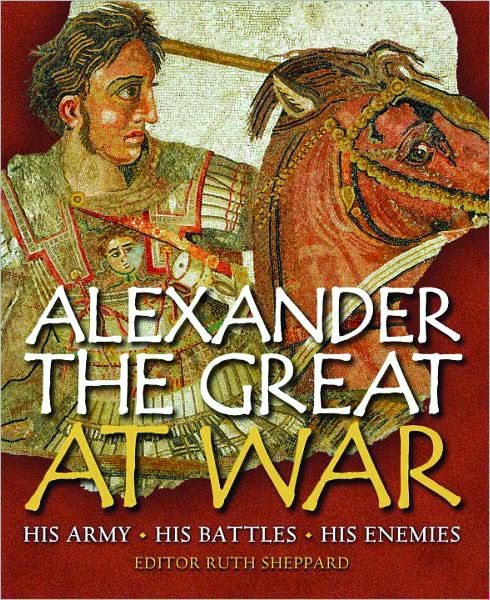 Alexander the Great at War: His Army, His Battles, His Enemies edited by Ruth Sheppard, Osprey Publishing, New York, 2008, 256 pp., illustrations, maps, index, $24.95, hardcover.
Alexander the Great at War: His Army, His Battles, His Enemies edited by Ruth Sheppard, Osprey Publishing, New York, 2008, 256 pp., illustrations, maps, index, $24.95, hardcover.
In a little over a decade, Alexander the Great led a combined Greek and Macedonian army and set out to conquer the known world. This latest entry by Osprey Publishing traces the leader’s rise to power, his battlefield exploits, and the forces that opposed him. As with all of Osprey’s books, this one is full of detailed drawings, photographs, and maps to complement the text.
Author Sheppard goes into detail on the armor and weaponry used by Alexander’s army, as well as tactics he employed to crush his foes. The countries Alexander subdued were greatly influenced by the Greek culture, and many villages and towns still bear his name. Even before his untimely death at the age of 33, accounts of his deeds were being written. The legend of Alexander the Great continues to this day. As Sheppard writes, “His ability to fascinate and perplex shows no sign of fading. The name of Alexander the Great lives on.”
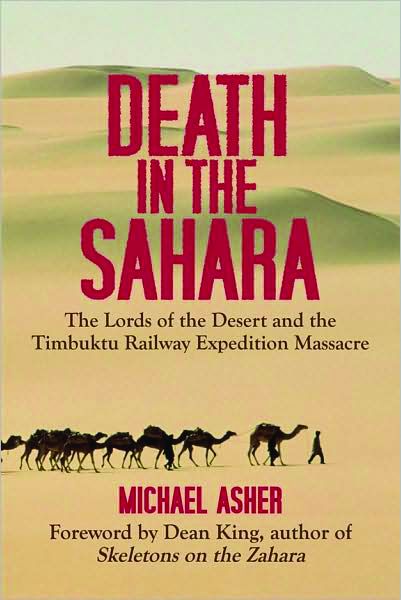 Death in the Sahara: The Lords of the Desert and the Timbuktu Railway Expedition Massacre by Michael Asher, Skyhorse Publishing, New York, 2008, 304 pp., notes, index, $24.95, hardcover.
Death in the Sahara: The Lords of the Desert and the Timbuktu Railway Expedition Massacre by Michael Asher, Skyhorse Publishing, New York, 2008, 304 pp., notes, index, $24.95, hardcover.
By the late 19th century, the French government visualized a railway from Algeria to Timbuktu that would run nearly 1,000 miles across the unforgiving Sahara Desert. The purpose of the Trans-Saharan railroad was simple: to transport Africa’s riches, gold, ivory, and gum to the French colony of Algeria for shipment to France.
What the planners failed to take into account was the cruel geography of the arid land and its merciless inhabitants, most notably the Tuareg, an extremely wily and vicious bunch that hacked their adversaries to death. A 100-man party, underarmed and foolishly employing the enemy as guides, set out in December 1880. The expedition was doomed from the start. Before long, the Tuareg began eliminating the group one by one. With no camels or supplies, the survivors traveled for hundreds of miles to safety. Only 12 were left. The men stayed alive by eating insects and the carcasses of dead animals. Some even resorted to cannibalism during their horrifying four-month trek.
Death in the Sahara is a remarkable tale of survival. The author crossed the Sahara personally and lived among the populace for three years. His firsthand experiences add to the stark realism of the book.
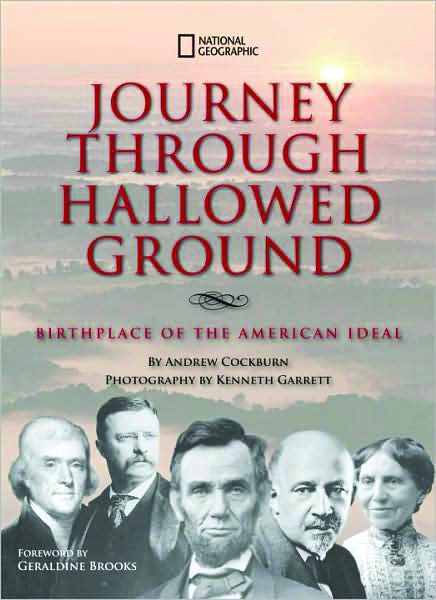 Journey Through Hallowed Ground: Birthplace of the American Ideal by Andrew Cockburn, National Geographic Books, Washington, DC, 2008, 224 pp., photographs, index, $35.00, hardcover.
Journey Through Hallowed Ground: Birthplace of the American Ideal by Andrew Cockburn, National Geographic Books, Washington, DC, 2008, 224 pp., photographs, index, $35.00, hardcover.
The phrase “hallowed ground” was first penned by President Abraham Lincoln in the Gettysburg Address in November 1863. The National Geographic Society has profiled a 175-mile region of such ground from historic Gettysburg to Charlottesville, Virginia, in a new book entitled Journey Through Hallowed Ground.
Richly detailed photographs enhance the book, which closely examines why a seemingly unimportant tract of land holds so much historical significance for Americans. For more than 400 years, this section of the nation has seen more than its share of history, containing nine presidential homes, numerous Civil War battlefields, 15 national historical landmarks, and 13 national parks. As the eminent historian C. Vann Woodward has stated, “This part of the country has soaked up more blood, sweat, and tears of American history than any other part of the country. It has bred more founding fathers, inspired more soaring hopes and ideals and witnessed more triumphs, failures, victories, and lost causes than any other place in the country.”
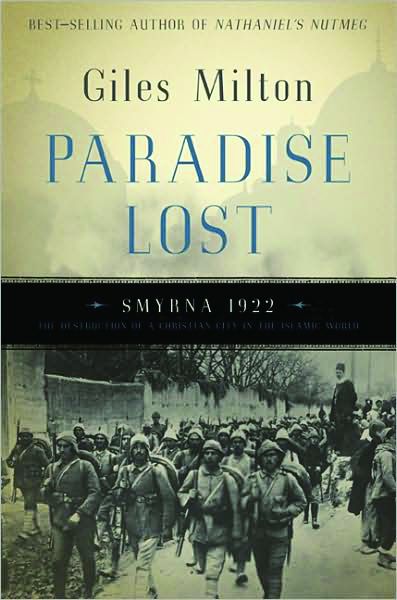 Paradise Lost, Smyrna 1922 by Giles Milton, Basic Books, New York, 2008, 464 pp., notes, index, $27.95, hardcover.
Paradise Lost, Smyrna 1922 by Giles Milton, Basic Books, New York, 2008, 464 pp., notes, index, $27.95, hardcover.
On September 9, 1922, Turkish cavalry rode into Smyrna, a once-affluent city in Asia Minor that had suffered greatly during the Greco-Turkish War of 1919-1922. At the end of the bloody conflict, the Turks established their own republic.
As the triumphant Turkish horsemen trotted into the predominately Christian city that morning, the inhabitants did not realize what horrid events were about to unfold. Despite the Turks’ assurance of no reprisals, their soldiers soon went on a rampage of looting, raping, and killing, especially in the Armenian quarter, which left 100,000 dead and another 300,000 homeless. All the while, Western allies quietly sat offshore and ignored the horrendous atrocities taking place within the city. The United States did not want to become directly involved because it wanted to protect its oil and trade interests in Turkey.
In the end, the once-thriving metropolis of Smyrna was leveled. Turkish soldiers set fire to the city and watched as the raging blaze ravaged homes and businesses. The author has tracked down survivors of the genocide, providing firsthand accounts of the bloodshed and unspeakable acts perpetrated upon the population. Aboard the battleship USS Simpson that day, American diplomat George Horton later wrote, “One of the keenest impressions which I brought away with me from Smyrna was a feeling of shame that I belonged to the human race.”
 Tools of Violence: Guns, Tanks and Dirty Bombs by Chris McNab and Hunter Keeter, Osprey Publishing, New York, 2008, 320 pp., photos, notes, index, $24.95, hardcover.
Tools of Violence: Guns, Tanks and Dirty Bombs by Chris McNab and Hunter Keeter, Osprey Publishing, New York, 2008, 320 pp., photos, notes, index, $24.95, hardcover.
Since men first began to wage war, their choice of weapons to kill or wound their adversaries has constantly evolved from sticks and stones into sophisticated machinery capable of delivering incredible firepower on the battlefield. The authors, experts on military technology, discuss everything from hand-held firearms to the newest missiles employed by today’s military.
The book contains a wealth of information on the rifles, grenades, and ammunition carried by infantrymen. Mines, tanks, rockets, grenade launchers, fighter aircraft, and attack helicopters are also examined. There is even a section on the simplest form of weapon widely used today—the suicide bomber.
“With a significant portion of the world either at war or drawn into violence at some point during the last decade,” write the authors, “the relevance of weaponry to the everyday experience of millions has, unfortunately, made itself all too clear. The bottom line is that while this is ostensibly a book about guns, tanks, and dirty bombs, it is really a book about people.”
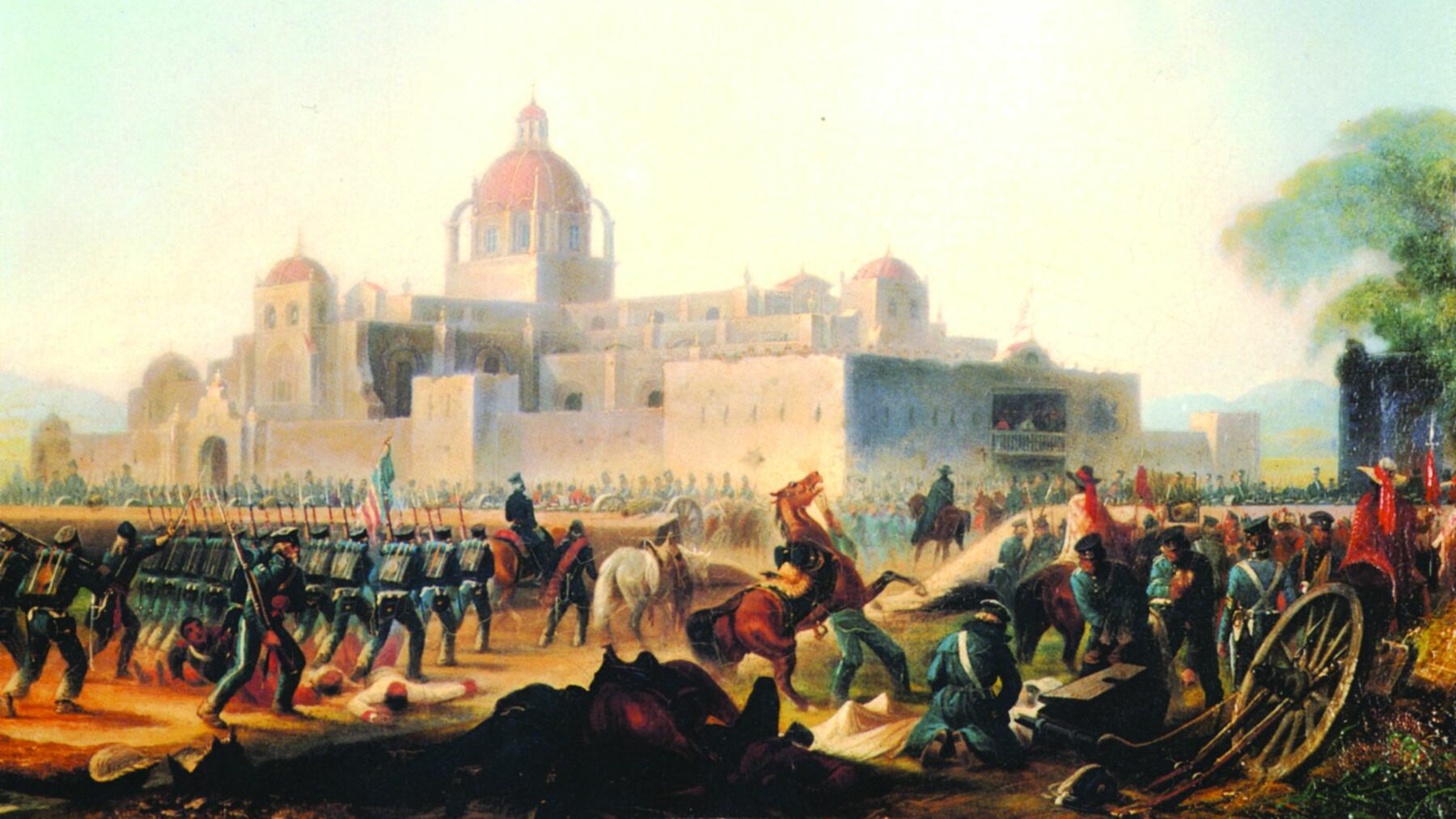
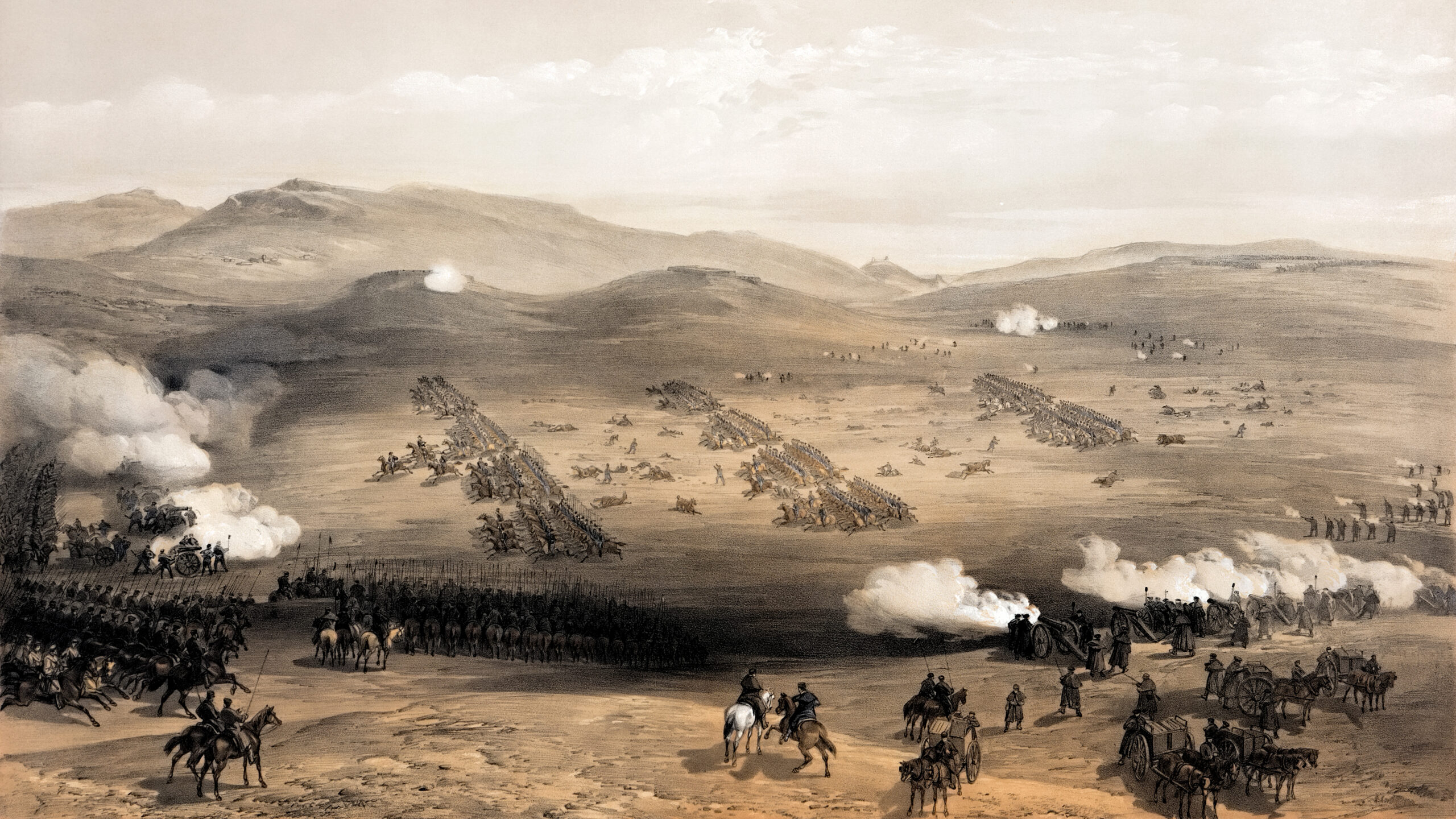
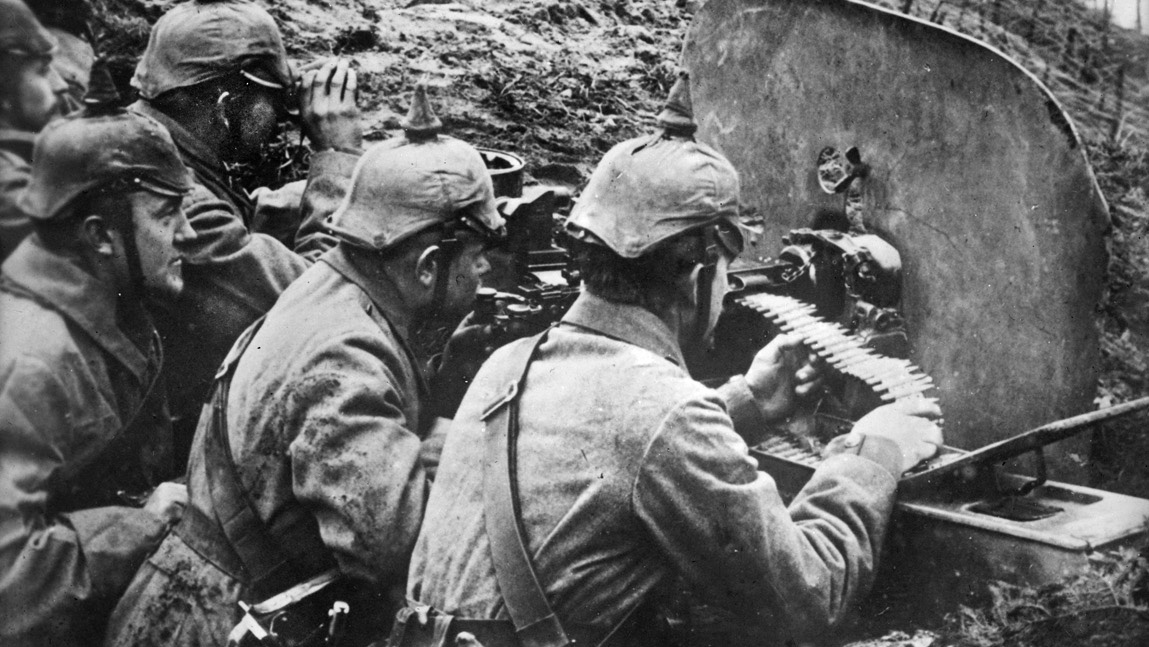
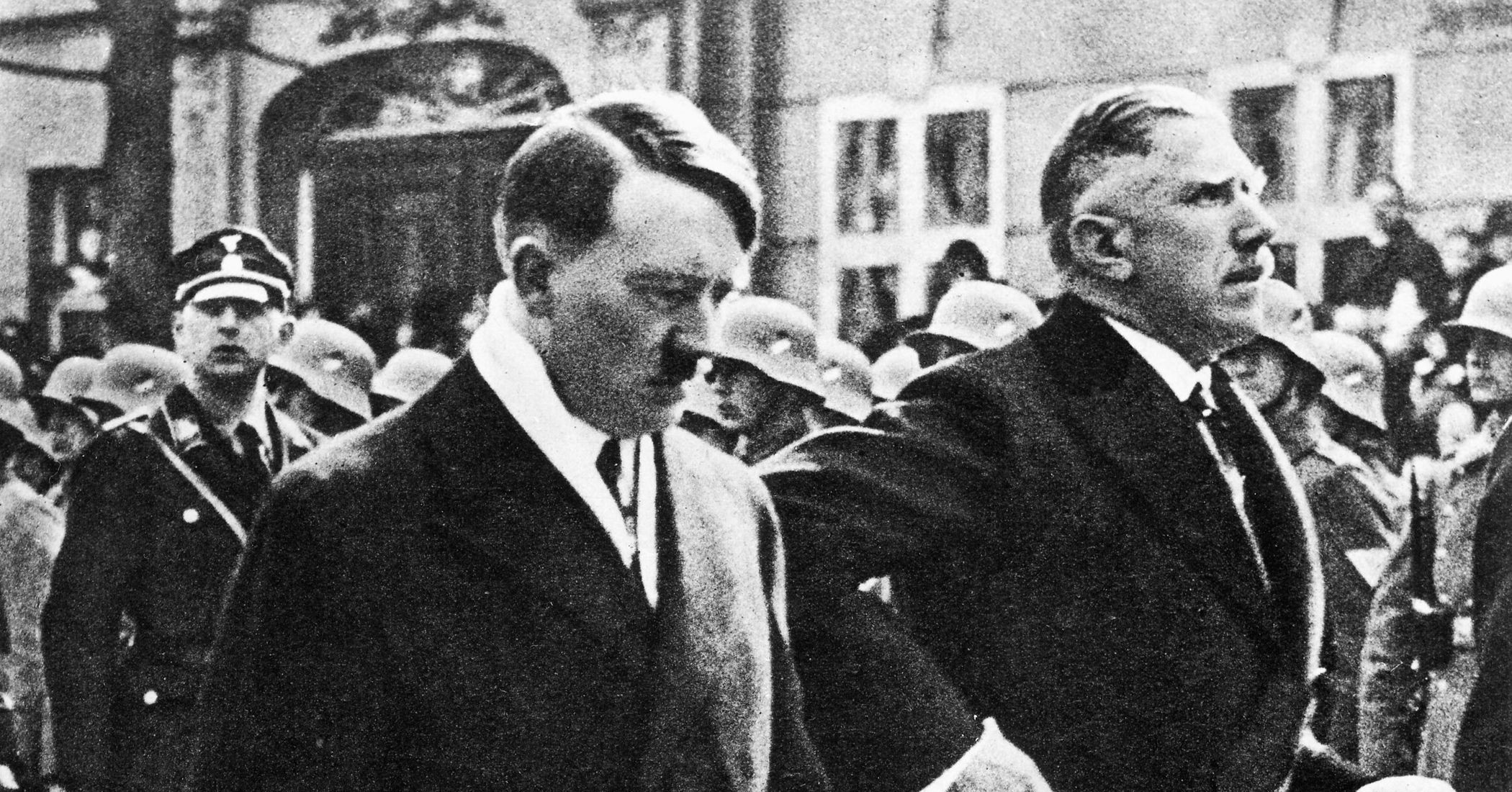
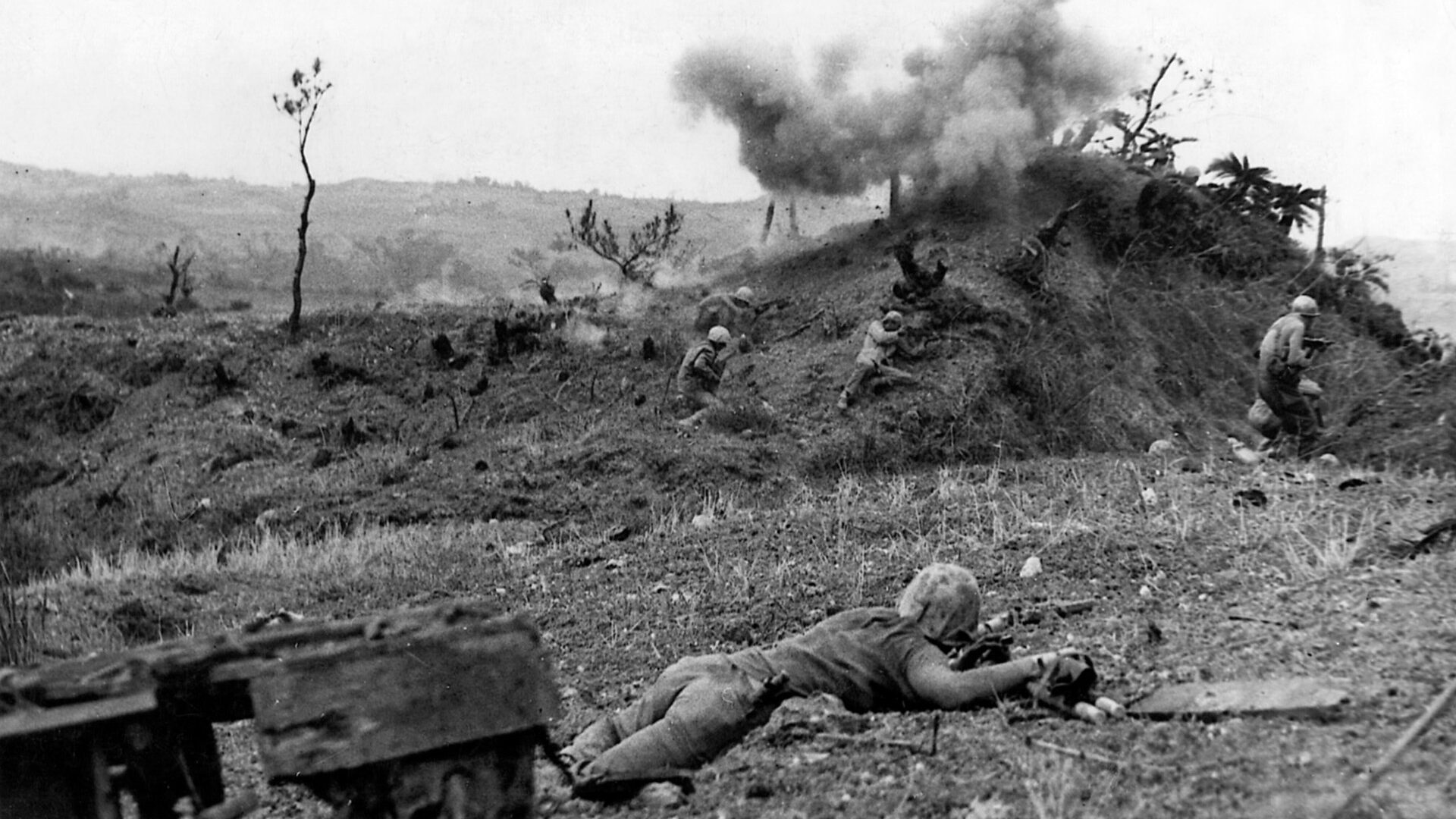
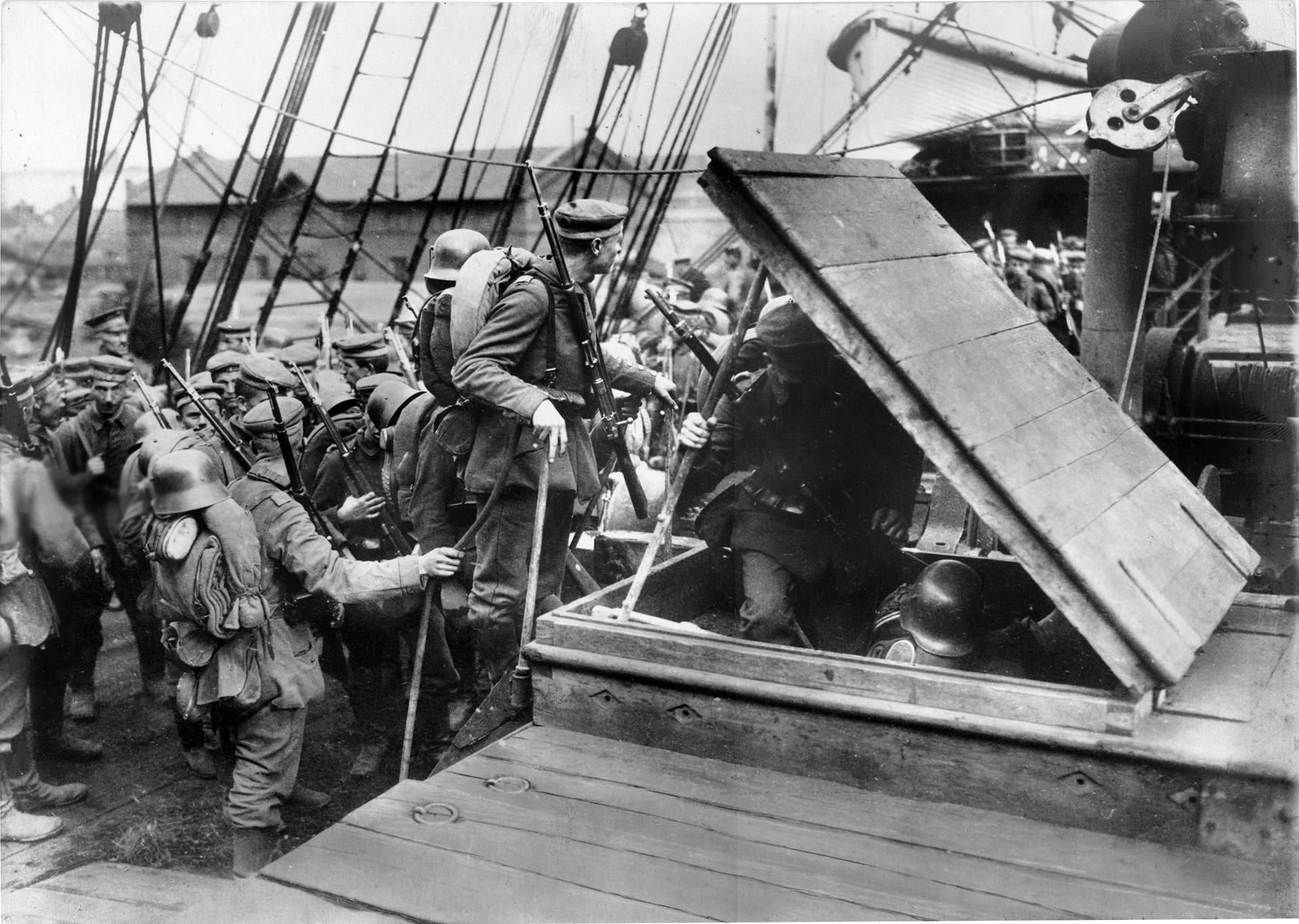
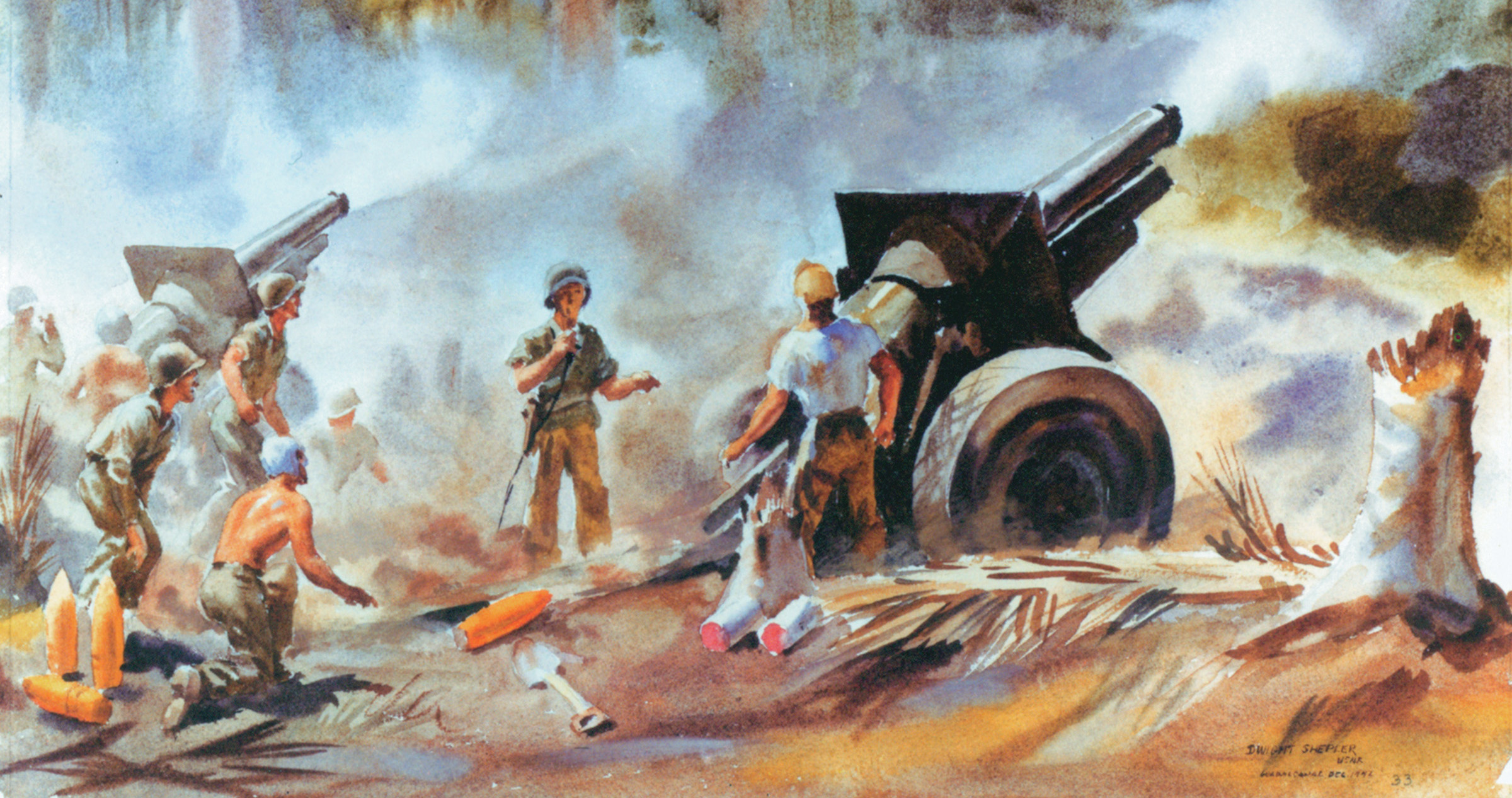
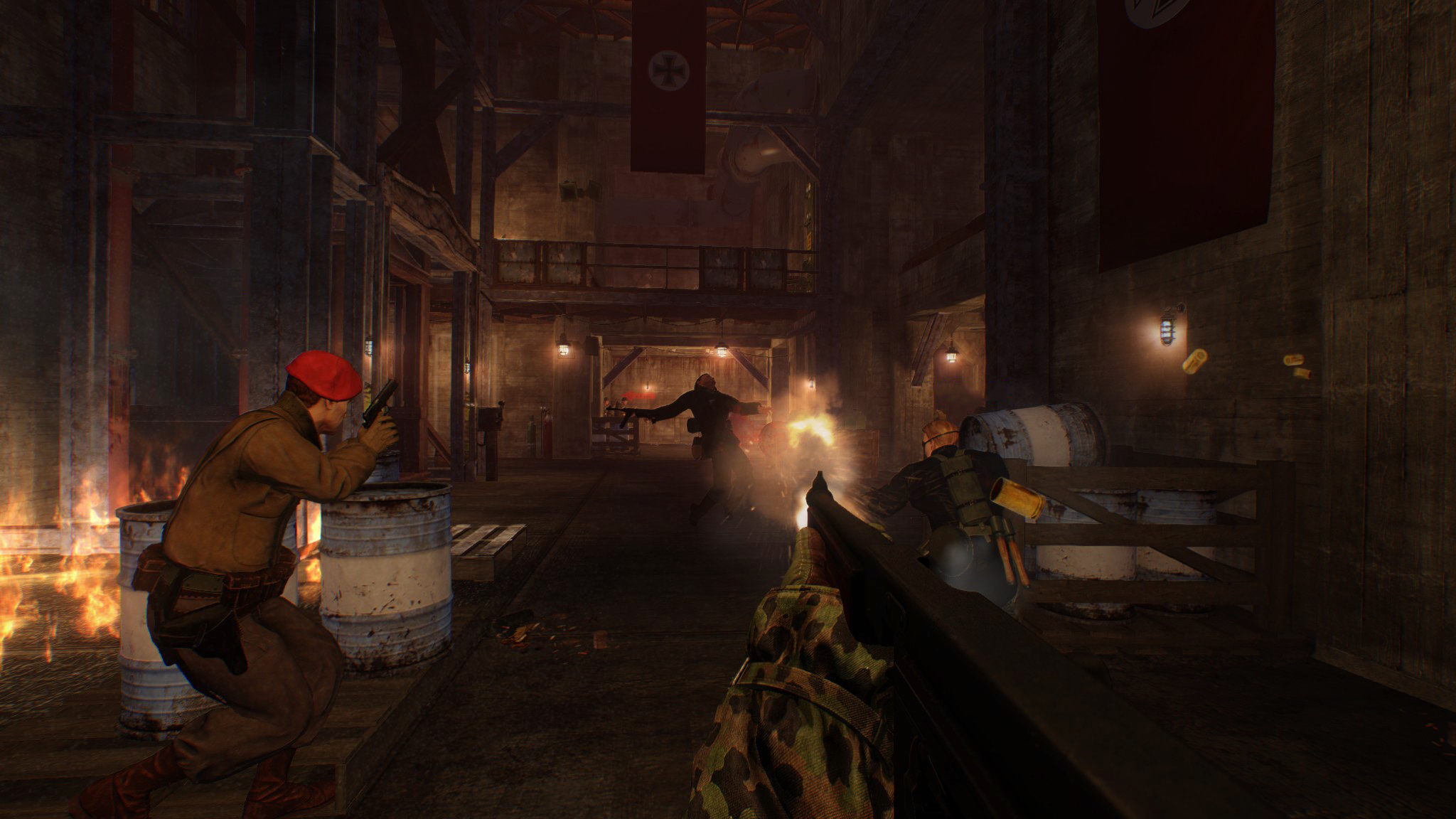
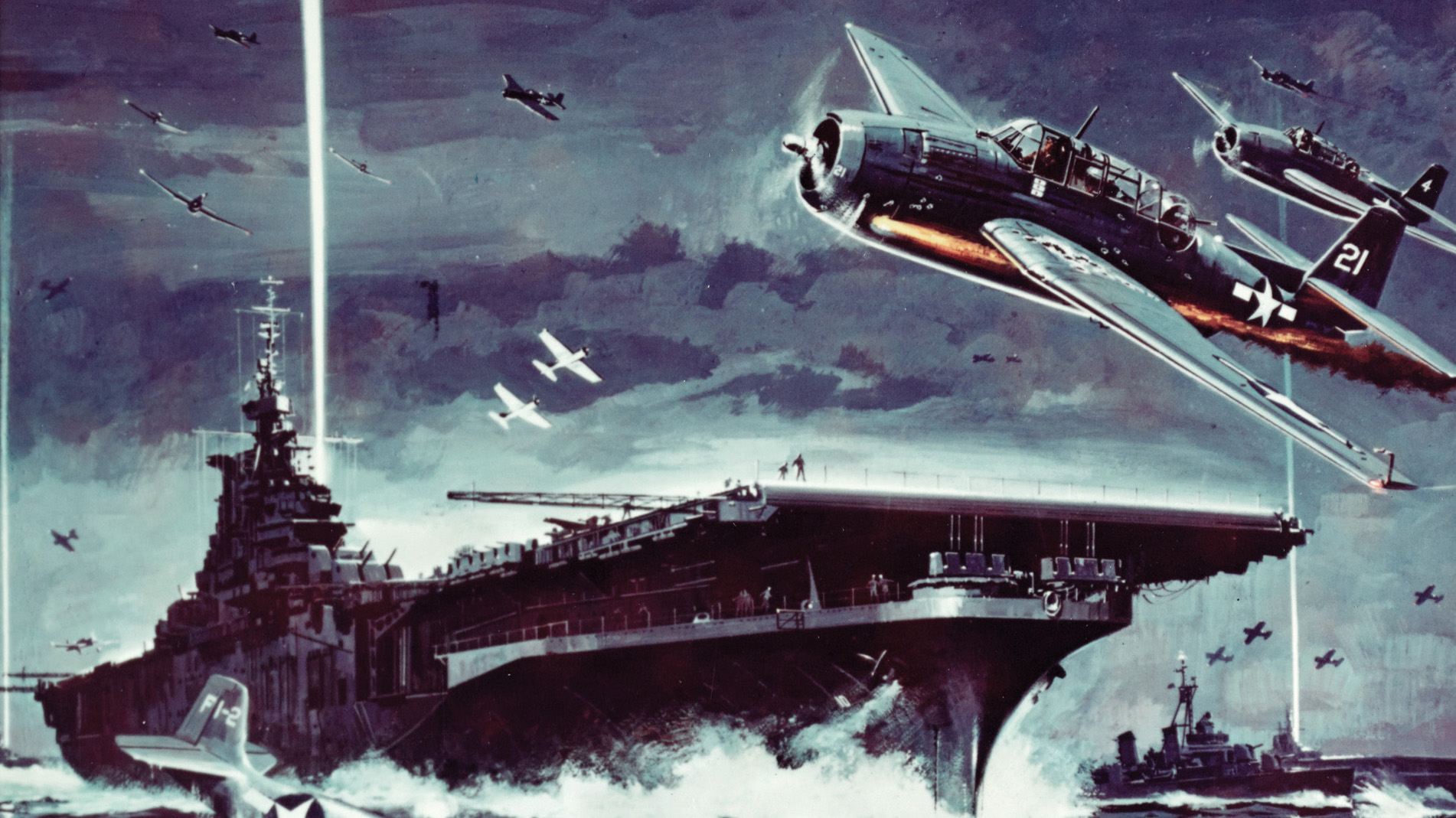
Join The Conversation
Comments
View All Comments